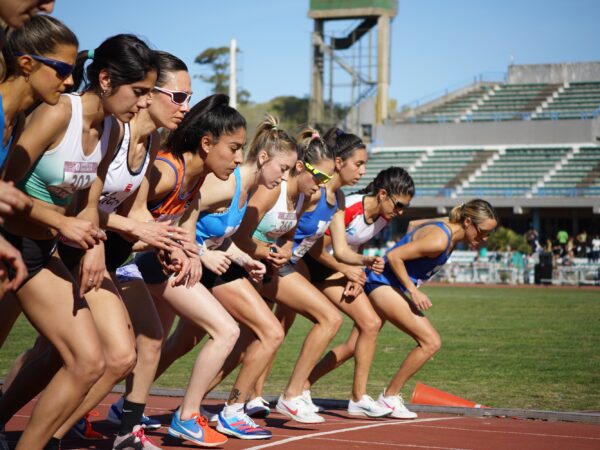Sports have always been considered an essential activity that promotes physical fitness and overall health. It helps to improve mental and emotional well-being, while providing an opportunity to socialize, build teamwork and leadership skills. But like every other good thing in life, sports too come with a double-edged sword of physical fitness and injuries.
Physical Fitness
Sports are an excellent way to stay fit and healthy, both mentally and physically. Participating in sports provides a complete workout that engages all parts of the body. Regular engagement in sports can improve cardiovascular health, help control blood pressure, improve lung function, and reduce obesity. Additionally, playing sports can aid in the development of muscle strength, endurance, and coordination.
The benefits of (Double-Edged Sword) improved physical fitness extend beyond the playing field. Engaging in sports can improve one’s mood and reduce depression and anxiety. It can also lead to better sleep patterns and help in managing stress levels.
Team sports have the additional benefit of teaching important life skills such as leadership, teamwork, and communication. These skills can be valuable in school, work, and personal life.
Injuries
Despite the many benefits of sports, injuries are commonplace in athletics. Injuries occur in all sports, including the non-contact sports such as running and swimming. Sports injuries are often categorized as either acute or chronic, depending on their cause and severity.
Acute injuries are usually the result of sudden trauma or impact on the body. Examples include a sprained ankle, a torn ligament in the knee, or a concussion. These injuries can occur in any sport that involves contact, and they often require immediate medical attention. Acute injuries can lead to long-term problems, such as chronic pain and disability.
Chronic injuries, on the other hand, are often the result of overuse or repetitive stress. These types of injuries commonly occur in endurance sports such as long-distance running or cycling. Examples of these injuries include shin splints, stress fractures, or tendinitis. Like acute injuries, chronic injuries can lead to long term problems that require medical attention.
Prevention
While injuries are an inherent part of sports, they can be prevented with proper care and training. Coaches and trainers can implement strategies to decrease the risk of injury, such as proper warm-up exercises, stretching, and techniques to improve form and posture. Additionally, athletes should take time to rest and recover after practice or a game to prevent overuse injuries.
Proper equipment is also crucial in preventing sports injuries. Athletes should wear the appropriate shoes and protective gear to prevent ankle sprains, knee bruises, and head injuries. Mouthguards, helmets, knee pads, and shin guards are just a few of the protective gear that can help reduce the risk of injury.
Injury Management
Despite the best prevention strategies, injuries can still occur. After an injury, it’s essential to seek medical attention immediately. Seeking prompt medical attention can help manage the injury and prevent further damage to the affected area.
Treatment for sports injuries usually involves rest, ice, compression, and elevation (RICE). RICE is an initial treatment plan that is followed by physical therapy, anti-inflammatory medication, or surgery, depending on the severity of the injury.
Injuries often require time away from sports to recover fully. Athletes who return to sports too early after an injury risk causing further damage, which could lead to long term problems and re-injury of the affected area.
Conclusion
Sports are a double-edged sword of physical fitness and injuries. While they provide numerous benefits, sports injuries can be painful and sometimes catastrophic.
Proper prevention strategies and prompt medical attention can help limit the risk of injury and manage injuries when they occur.
thletes must recognize the importance of staying fit and healthy, while also taking steps to prevent injuries and manage them when they do occur.
With proper management, injuries do not have to be the end of the road for athletes. They can come back stronger and ready to continue playing the sport they love











